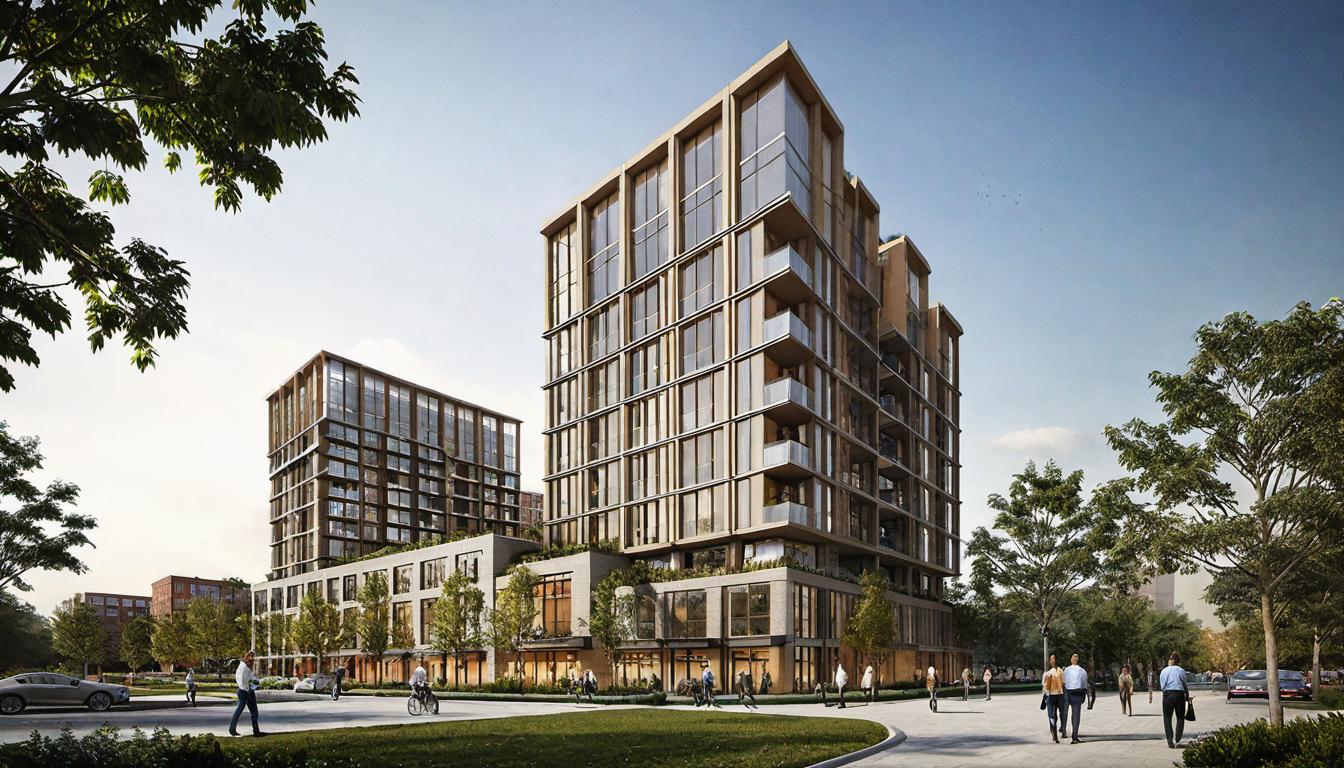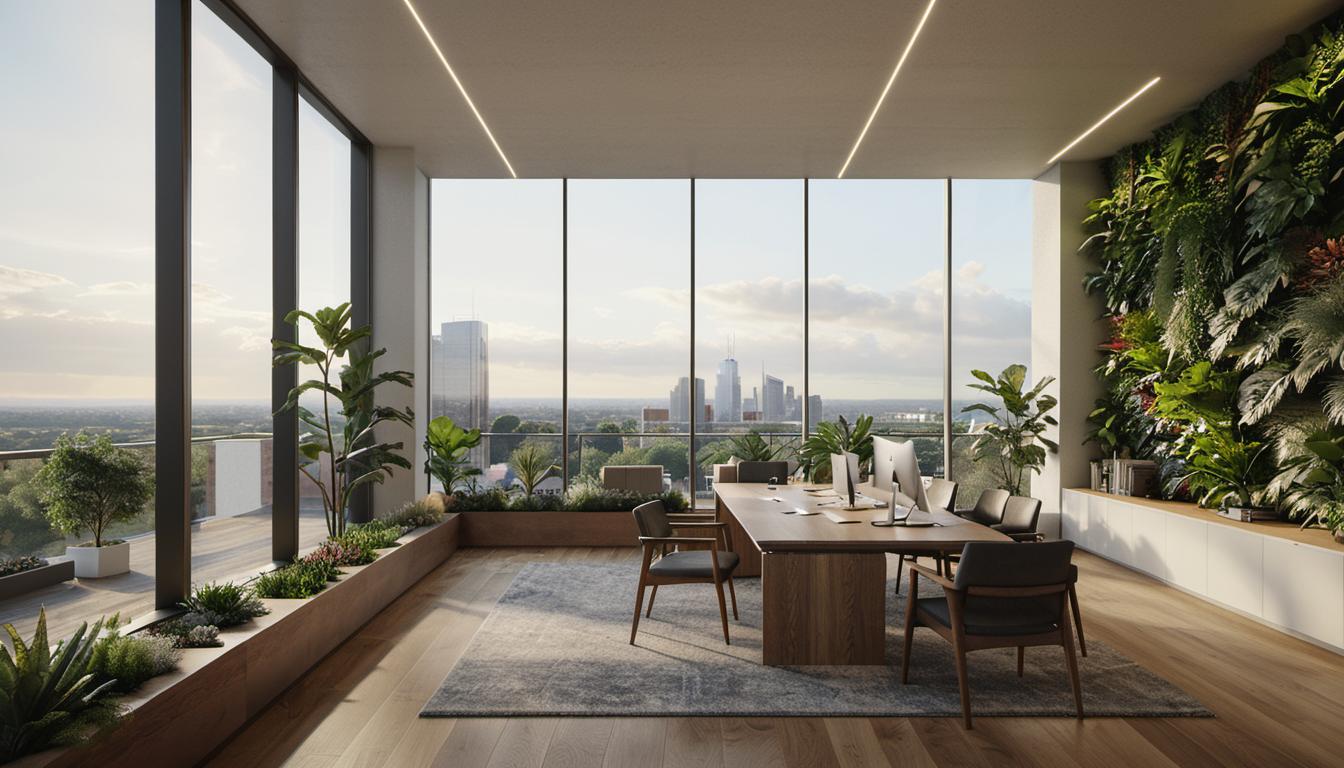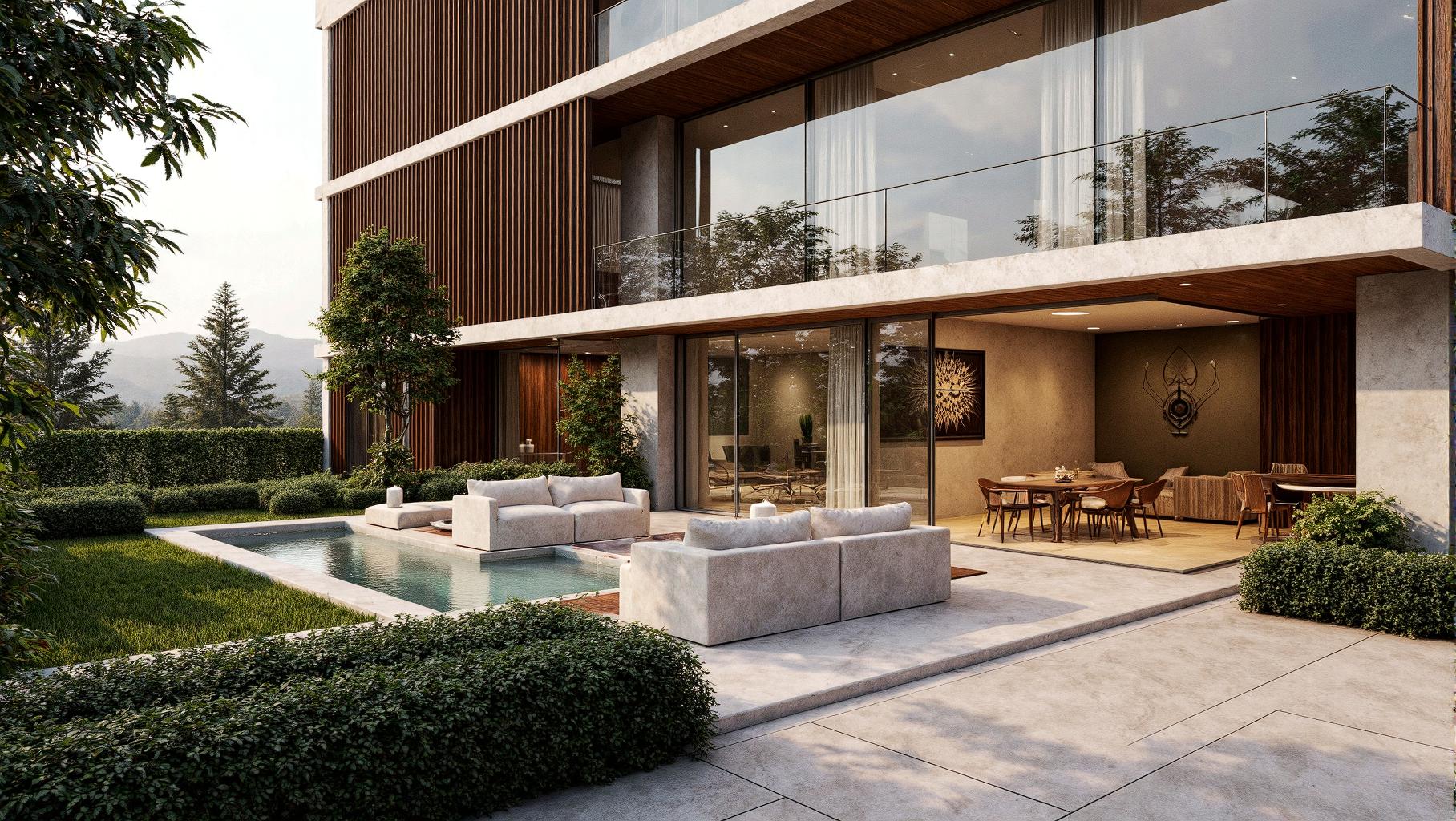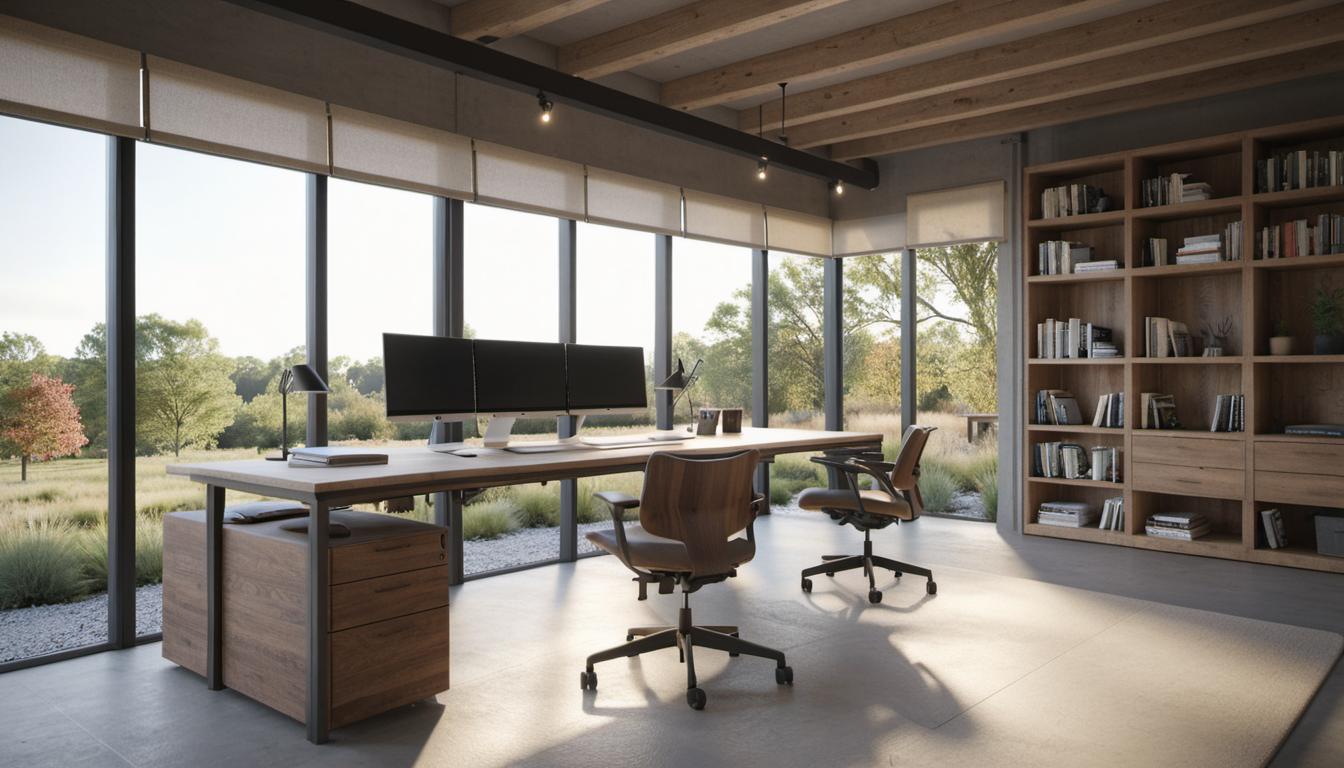Understanding the Costs: Residential vs Commercial Architects
If you are on the fence about whether to hire residential or commercial architects for your next design project, understanding the cost breakdown can guide your decision. It’s not hard to get overwhelmed by varying quotes and fee regulations, hence, it’s vital to comprehend the key determinants of architectural fees.
The Determinants of Architectural Fees
- Fees Drive by Project Type and Complexity: Primarily, architectural fees are contingent on the project’s nature and intricacy. Classifications range from Group 1 (least complex) to Group 5 (most demanding) based on details and work required.
- How New Constructions and Renovations Influence Architectural Fees: Notably, fees escalate with the complexity of renovations compared to new constructions, often requiring more effort, thus hiking the architectural fees by approximately 2 to 5%.
- Additional Services and Their Cost Influence: Extra services, notably ‘Record Drawings’ needed for renovation projects, given at hourly rates, can underline a major cost variation. These intricate field measurements converted into computerized drawings add complexities and time, affecting the overall project cost.
The Breakdown: Residential vs Commercial Architecture Fees
- How Fees Vary For Different Project Types: Fees range from 6.5% to 12% for single-family residences, 5.5% to 11% for specialized institutions, 4.5% to 10% for public facilities, and 3.5% to 9% for industrial projects.
- Fees Charged By Hour and Square Foot and Their Benefits: Architects may choose to charge per hour or per square foot for larger projects, falling between $2-$10. This method is advantageous for clients attempting to budget for the project.
- The Implication of Electronic Drawings on Project Costs: The availability of electronic drawings can sometimes curtail some of the additional ‘Record Drawing’ costs. However, this is less common with residential projects.
Residential Architectural Fees
- Understanding the Consolidated Residential Architectural Fee Package List: This list signifies the standard fee rates for various service packages in single-family residential projects. Additional services and enhancements may fluctuate the fees.
- Why You Might Want at Least Tier 5 Services and Their Cost: Clients should consider availing themselves of services up until Tier 5, which includes Construction Administration, to handle their project’s bidding and construction processes efficiently.
- How Renovations Impact the Architect’s Fees: Renovations can incur additional service fees due to the need for record drawings, which increase the percentage fees indicated.
Commercial Architectural Fees
- How the Percentage Fees Vary Based on Project Type: Percentage fees for commercial projects vary based on nature and complexity. For example, commercial work was traditionally charged at 6% of construction costs, but increasing project intricacies can push this to 8% and sometimes higher.
- Critical Factors That Influence the Commercial Architectural Fees: Factors such as project size, complexity, additional services, type, and whether it’s a new construction or a renovation majorly control commercial architectural fees.
- The Cost of Additional Services for Commercial Projects and Why They Matter: Additional services like ‘Record Drawings’ impact the overall cost of commercial renovation projects. Thus, clients must consider these added costs in their budget plans.
FAQs: Decoding Architectural Fees
- “How are commercial architectural fees usually determined? ” – Architectural fees are guided by factors like project type and complexity, additional services, and whether it’s new construction or a renovation project.
- “What is the typical fee range for architectural services in different project types?” – In general, fees stretch from 6.5% to 12% for single-family residences; 5.5% to 11% for specialized institutions; 4.5% to 10% for public facilities; 3.5% to 9% for industrial projects.
- “How do renovation projects influence architectural fees?” – Owing to additional complexities and effort, renovations can elevate architectural fees by approximately 2 to 5%.
- “How do ‘Record Drawings’ factor into renovation project costs?” – ‘Record Drawings’, detailed field measurements transitioned into computerized drawings, are usually provided at hourly rates and tend to increase the total project cost.
- “How do architects typically charge for larger projects?” – For extensive projects, architects generally charge based on square footage, with prices typically landing between $2-$10 per square foot. This helps calculate the exact architectural fee, assisting in budgeting.”
Wrapping Up: Making a Decision
In sum, both residential and commercial architectural fees are swayed by a multitude of factors including project type, complexity, additional services, and more. Acknowledging these cost determinants can aid you in making a more informed decision while budgeting for your architecture project.






